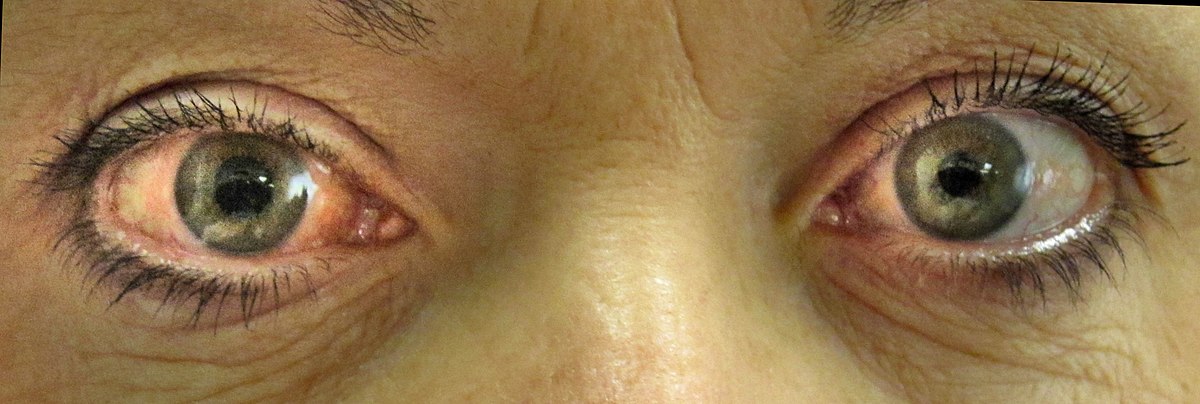World Glaucoma Day: Things to know about eye disease leading to blindness
This week marks World Glaucoma Day, a silent disease that leads to blindness. It has been researched that black people are at higher risk of contracting the disease, however, it tends for one to easily detect early the disease. With the theme, ‘The world is bright, save your sight’, here are some things to know […]

glaucoma
This week marks World Glaucoma Day, a silent disease that leads to blindness. It has been researched that black people are at higher risk of contracting the disease, however, it tends for one to easily detect early the disease.
With the theme, ‘The world is bright, save your sight’, here are some things to know about glaucoma.
- Glaucoma is a group of eye conditions that damage the optic nerve. The optic nerve sends visual information from the eye to the brain and is vital for good vision. Damage to the optic nerve is often related to high pressure in the eye. But glaucoma can happen even with normal eye pressure.
- Glaucoma can occur at any age but is more common in older adults. It is one of the leading causes of blindness for people over the age of 60.
Sultan Bello mosque loses deputy imam
Pensioners vs FG: Court fixes May 19 for judgement
- Many forms of glaucoma have no warning signs. The effect is so gradual that you may not notice a change in vision until the condition is in its later stages.
- It is important to have regular eye examinations that include measurements of eye pressure. If glaucoma is recognized early, vision loss can be slowed or prevented. If you one has glaucoma, there will be a need for treatment or monitoring for the rest of one’s life.
- Some of the symptoms of the eye disease include; gradual, patchy blind spots in the side vision. Side vision also is known as peripheral vision. In later stages, difficulty seeing things in your central vision.
- For Acute angle-closure glaucoma, the symptoms include; severe headache, severe eye pain, nausea or vomiting, blurred vision. Halos or coloured rings around lights. Eye redness
- In children, some of the symptoms are; dull or cloudy eyes for infants. Increased blinking (infants). Tears without crying (infants). Also, blurred vision, and nearsightedness that get worse as well as headaches.
When to see a doctor
If you experience symptoms that come on suddenly, you may have acute angle-closure glaucoma. Symptoms include severe headache and severe eye pain. You need treatment as soon as possible. Go to an emergency room or call an eye doctor’s (ophthalmologist’s) office immediately.
Source: mayoclinic.org
